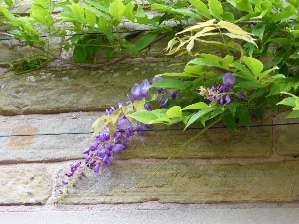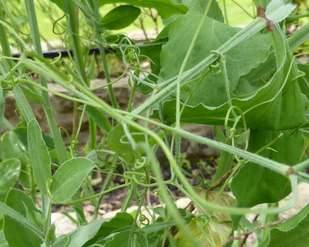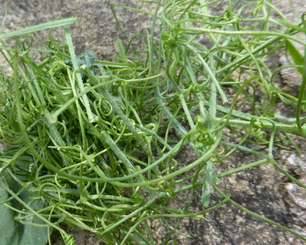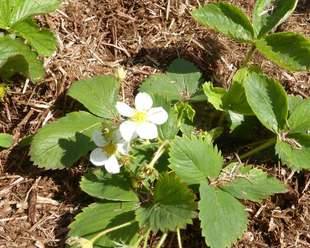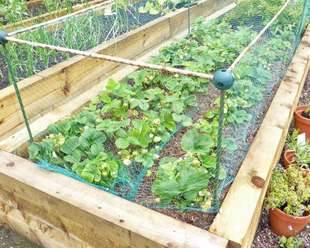Wonderful Wild flowers at Ripley Castle
Posted on
|
The wildflower meadow at Ripley Castle looks just fabulous and its very hard to do it justice in a few images. It is a large area of annual wild flowers, sown in among an orchard and was still looking good in August, buzzing with insects and bees. A path has been mown to weave its way through which lets you walk into the wildflowers and be completely surrounded. When standing surrounded by lovely shades of pink, whites, and blues it's just mesmerizing. I really love wild flowers and this annual mix of Cornflowers, Borage, Love in a mist, Flax, Pot Marigold, Mallow and Viper's Buglass looked lovely. According to the information on display it was supplied by Moles seeds, and called Medival carpet, worth investigating for next year although they only seem to sell larger quantities of seeds. If you are interesting in planting and growing Wildflowers there are hints and tips on how to get a good wildflower look, (and a cheats way to make a great display) on the Wildflower pages. Ripley Castle is a great day out and the Castle tour is really good. There is a great walled garden, which in the kitchen garden, was just full of herbs buzzing with bees. So relaxing to walk around a garden accompanied by the steady buz of the bees. |
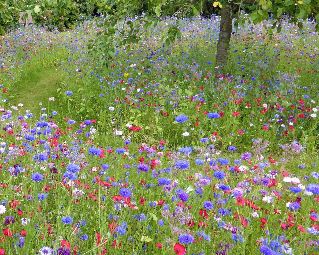 |
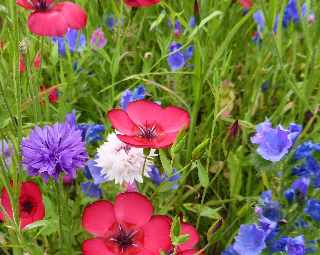 |

